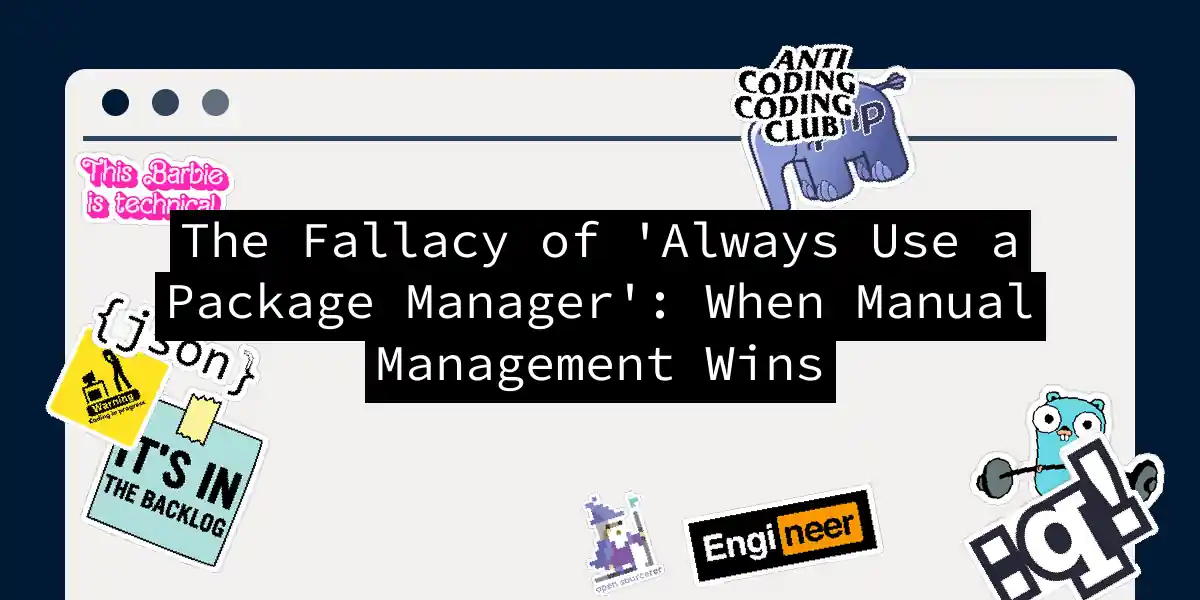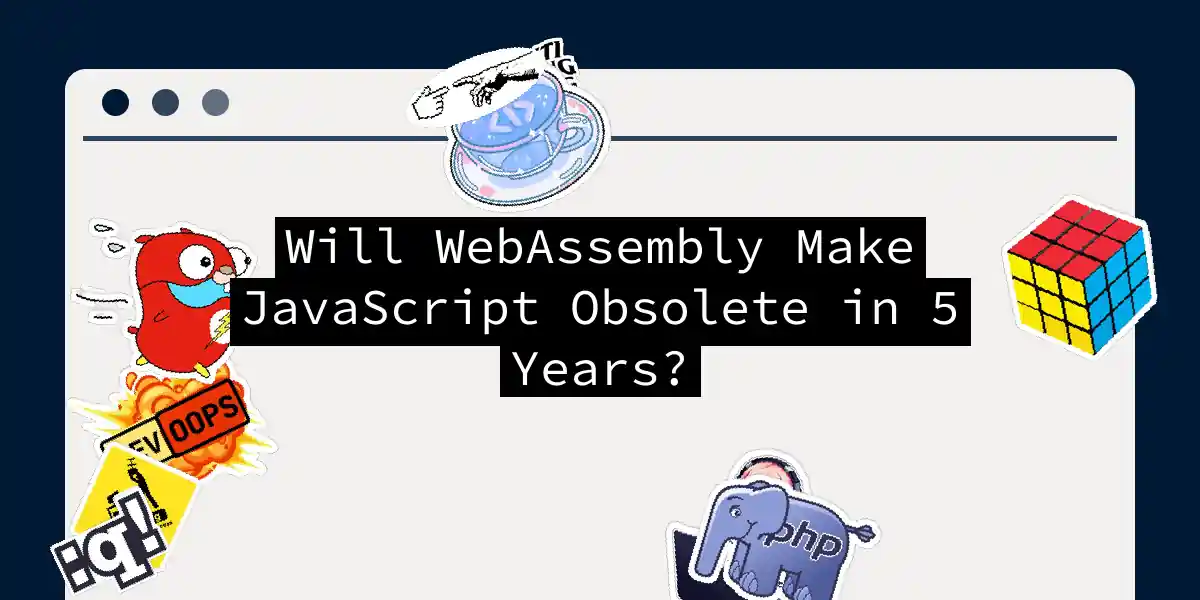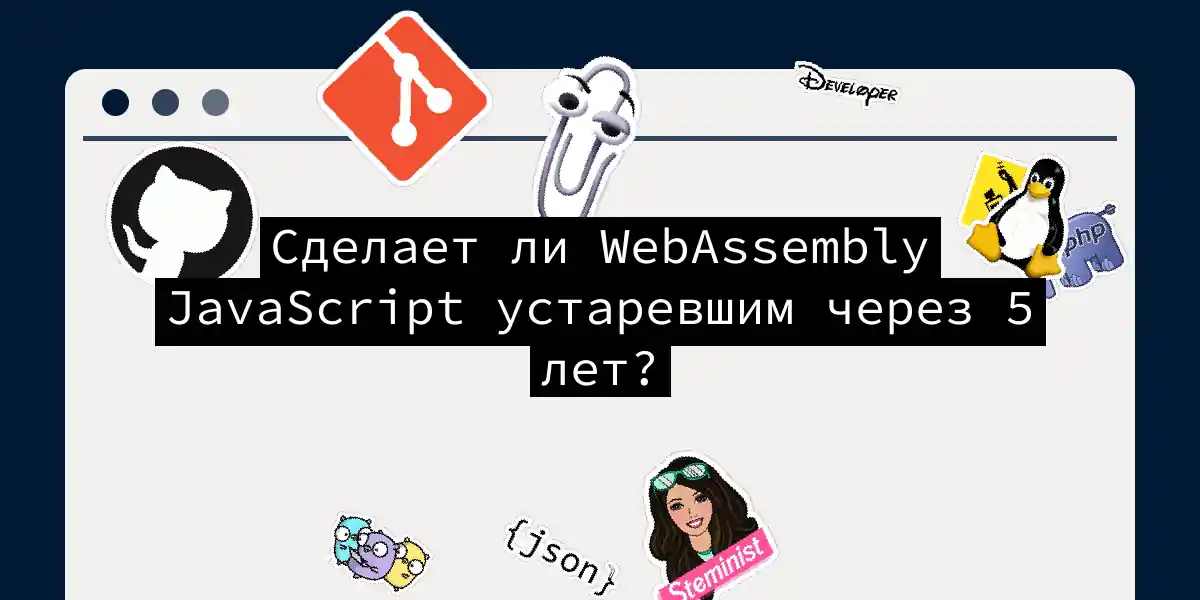OAuth 2.0 против OpenID Connect: Танец аутентификации, о котором вы и не подозревали, что вам не хватает
Представьте себе: вы находитесь в эксклюзивном ночном клубе (назовём его «API Club»), и у входа стоит вышибала, проверяющий удостоверения личности, а внутри есть ещё один человек, контролирующий доступ в VIP-зоны. Этот вышибала — это аутентификация. Контролёр VIP-зон — это авторизация. И прекрасное взаимодействие между этими двумя концепциями — именно то, что мы сегодня рассмотрим на примере OAuth 2.0 и OpenID Connect. Если вы когда-нибудь задумывались, почему вход в каждое приложение через вашу учётную запись Google работает так плавно, или как Spotify может получить доступ к вашим друзьям из Facebook, не украв секретный рецепт печенья вашей бабушки, то сейчас вы получите ответы....



